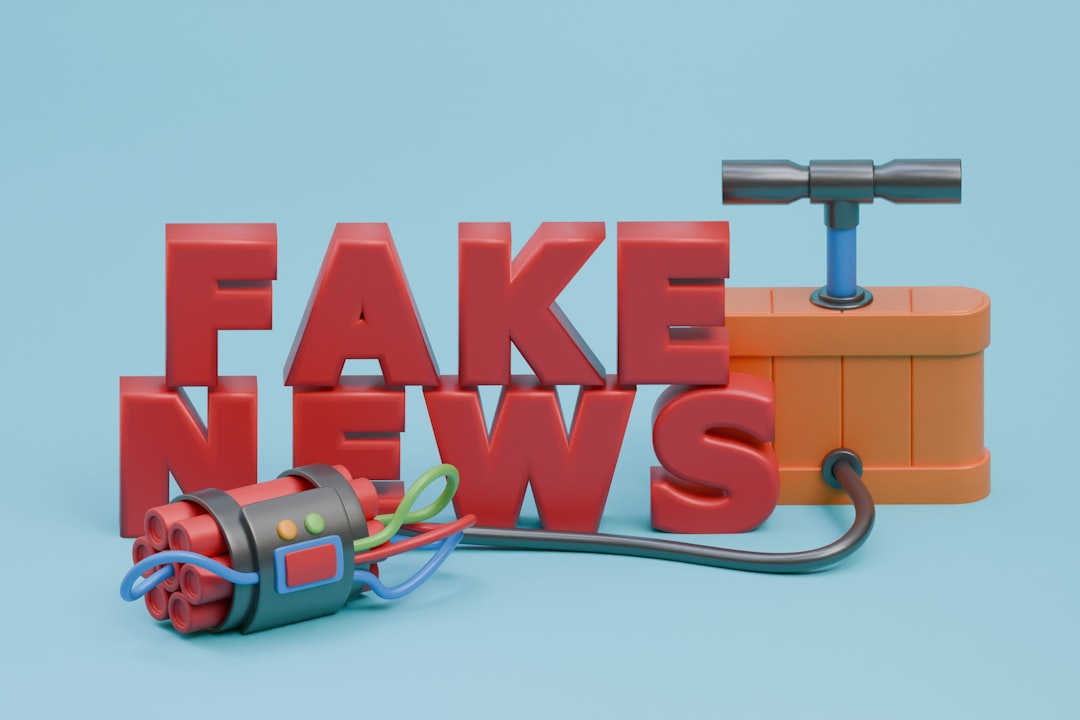In today’s digital landscape, where information is abundant and attention spans are limited, headlines act as powerful gatekeepers to the content we consume. Unfortunately, this has given rise to a surge in clickbait and sensationalized headlines designed not to inform, but to lure users into clicking, regardless of content quality. Being able to identify such misleading titles is an essential skill for anyone navigating online media with a critical mind.
Clickbait headlines are attention-grabbing headlines intended to drive clicks and traffic, often at the expense of accuracy or meaningful context. While not all catchy headlines are inherently bad, clickbait usually exaggerates or distorts the truth to evoke strong emotional reactions like anger, curiosity, or fear.
Common Signs of Clickbait and Sensationalization
To protect your time and ensure the reliability of the content you’re consuming, it’s important to recognize the telltale signs of manipulative headlines. Here are some red flags to watch for:
- Overuse of hyperbole: Phrases like “You won’t believe what happened next” or “This one simple trick will change your life” are classic clickbait tropes.
- Vague language: Headlines that omit crucial information or rely on vague pronouns (e.g., “This man did WHAT when he saw the dog?”) often aim to stir curiosity rather than convey useful information.
- Emotional manipulation: Sensationalized headlines often appeal to emotions such as outrage, shock, or irresistible curiosity. If you feel instantly compelled to click due to a strong emotional pull, that’s a red flag.
- Mismatched content: The content doesn’t deliver on the headline’s promise, or provides misleading or unrelated information.
- Excessive use of caps or punctuation: “BREAKING!!! YOU HAVE TO SEE THIS!!!” is not the hallmark of serious journalism.
How Sensationalism Impacts Public Understanding
Sensationalized reporting often distorts the original message, especially when it comes to topics like science, health, politics, or finance. These headlines can contribute to misinformation, fuel anxiety, or even polarize public opinion.

For example, a scientific study showing a correlation between two variables might be exaggerated to claim causation in a headline, leading readers to false conclusions. Likewise, a political event might be framed in a way that intensifies division by emphasizing controversy over context.
Tips for Identifying Reliable Headlines
To navigate news and content online with discernment, consider applying the following strategies:
- Read beyond the headline: Skimming the full article often reveals whether the story substantiates the headline’s claims.
- Check the source: Reliable news sources prioritize editorial standards, accountability, and factual reporting. Unknown or questionable sites often prioritize traffic over accuracy.
- Google the story: See if reputable outlets are covering the same story. If a shocking claim appears only on one website, be cautious.
- Look for author attribution: Quality journalism is typically accompanied by author names, credentials, and publication dates. Anonymous content is harder to vet.
- Use fact-checking services: Platforms like Snopes, FactCheck.org, and PolitiFact help verify the truth behind popular or suspicious headlines.
Clickbait in Social Media: A Growing Concern
The rapid spread of misleading headlines on platforms like Facebook, Twitter, and Instagram amplifies their impact. Algorithms prioritize engagement, which often results in the promotion of sensational content regardless of its integrity.

In recent years, some social platforms have introduced measures to reduce the visibility of clickbait, such as penalizing pages that consistently post misleading content. However, human vigilance remains crucial.
Why Headlines Matter More Than Ever
Whether we realize it or not, headlines shape our understanding of the world. For those who don’t read articles in full (which includes a significant percentage of online readers), the headline may be their only source of information. It’s precisely for this reason that misleading or emotionally-driven titles can have such profound influence on public perception.
In conclusion, the ability to spot clickbait and sensationalized headlines is not just a matter of saving time — it’s a vital skill for maintaining informed and balanced perspectives. By staying mindful of common clickbait tactics, verifying sources, and thinking critically, you can shield yourself from misinformation and promote a healthier relationship with the media landscape.
